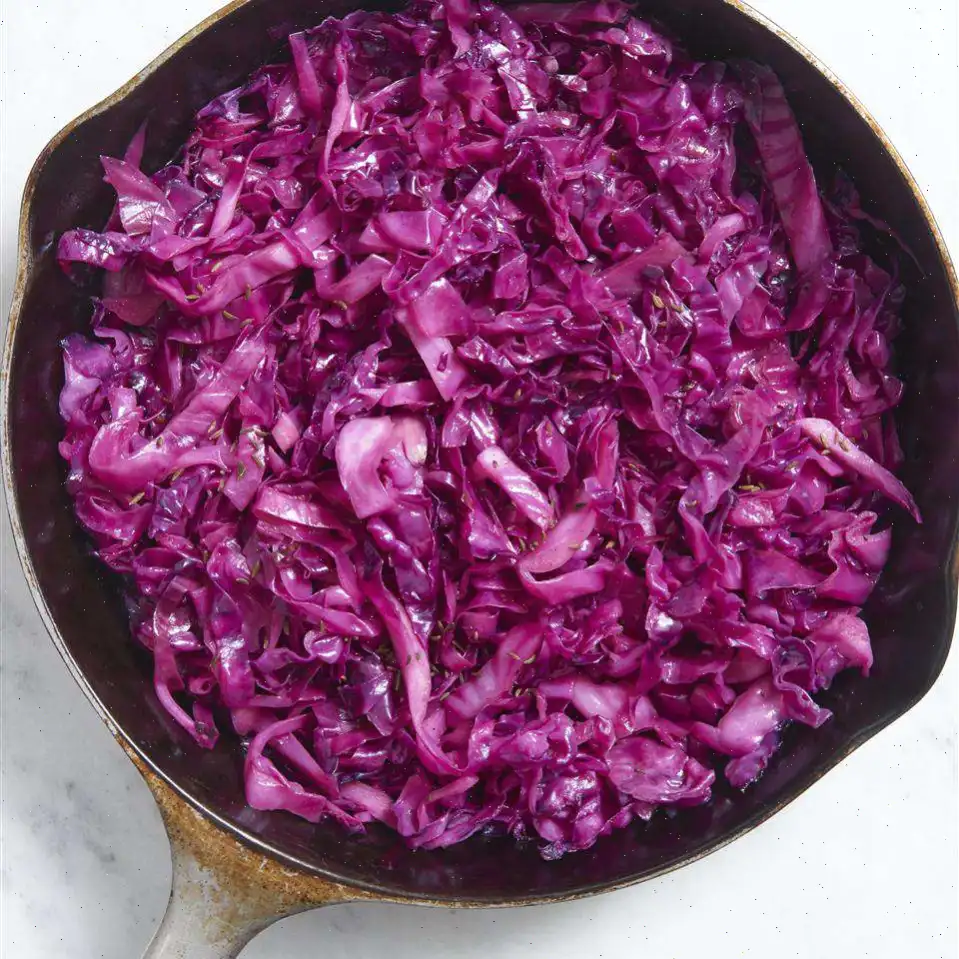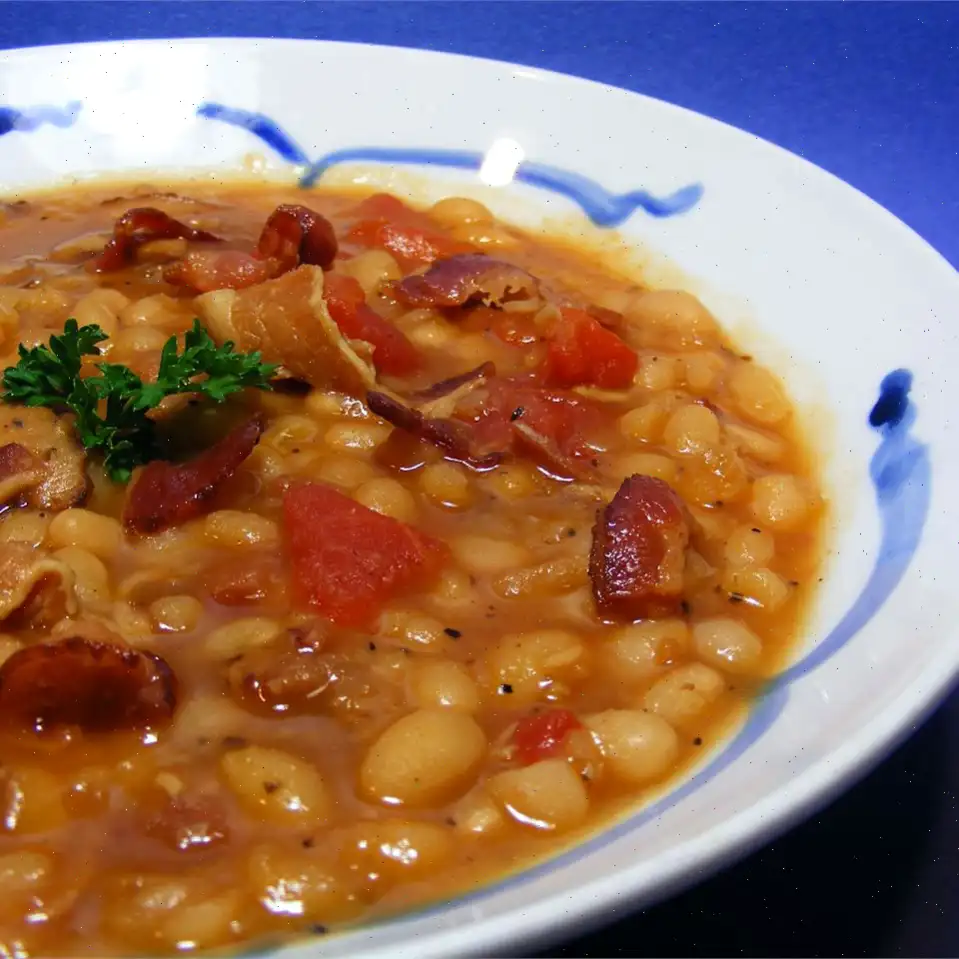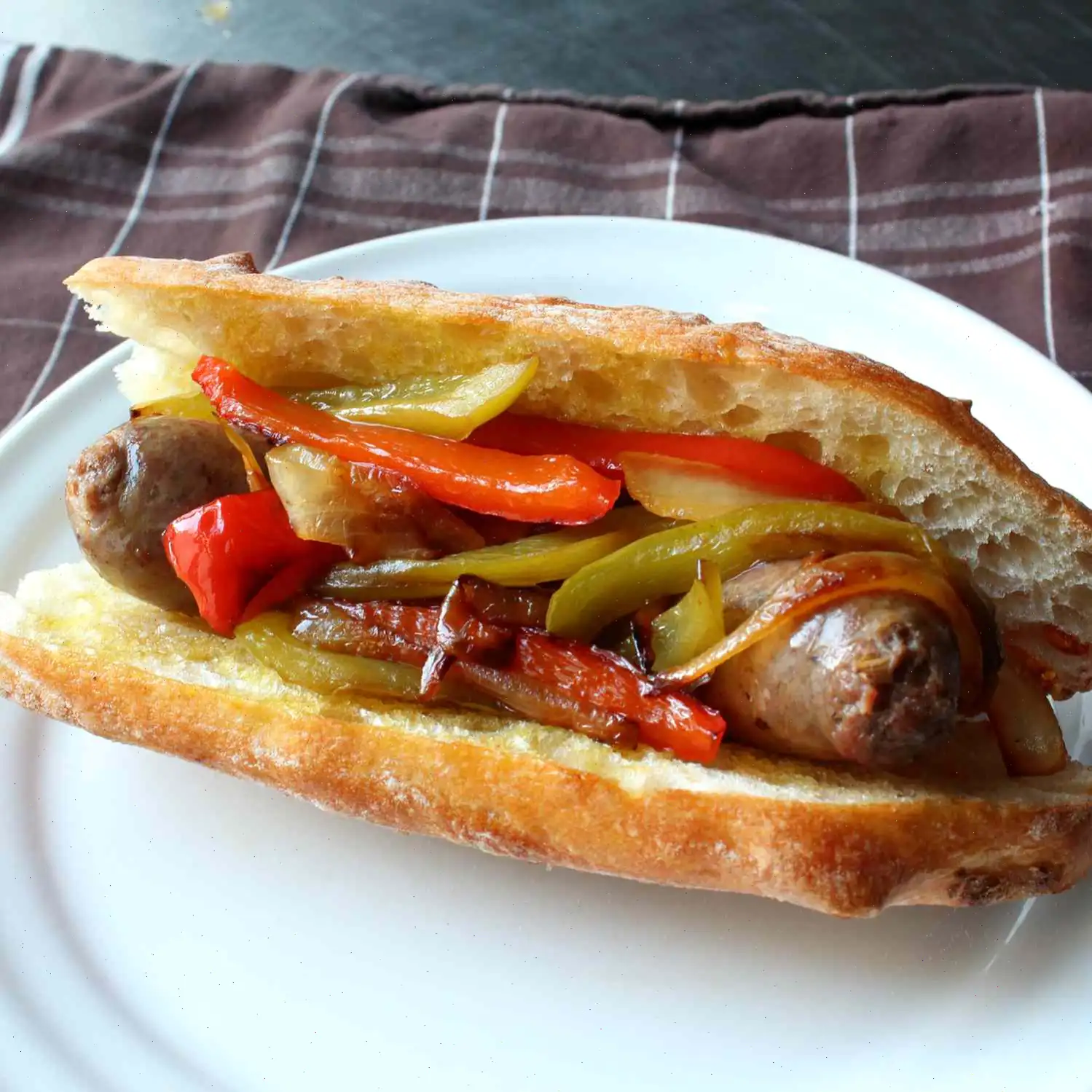
Chicken Satay Bowls with Spicy Peanut Sauce Recipe
Ingredients
This recipe yields 4 servings. Ingredient amounts can be adjusted automatically, but cooking times and steps should remain unchanged. Keep in mind, not all recipes scale perfectly.
Marinade
- 1/4 cup coconut milk
- 1 tablespoon brown sugar
- 1 tablespoon cilantro leaves
- 1 scant tablespoon low-sodium soy sauce
- 2 teaspoons garlic paste
- 1 1/2 teaspoons ground turmeric
- 1/4 teaspoon kosher salt
- 1 dash Worcestershire sauce
- 1 pound skinless, boneless chicken breast, butterflied and cut into strips or chunks
Spicy Peanut Sauce
- 7 ounces coconut milk
- 1/2 cup creamy peanut butter
- Scant 1/4 cup water
- 1 tablespoon white vinegar
- 2 teaspoons ginger paste
- 1 teaspoon red pepper flakes
- 1 teaspoon garlic powder
- 1 teaspoon chili powder
- 1 teaspoon freshly ground black pepper
- 1 teaspoon ground cumin
- 1 teaspoon ground turmeric
- 1/4 teaspoon white sugar
- 1 tablespoon oil
To Serve
- 2 cups cooked white rice
- 1/4 cup chopped cilantro leaves, or to taste
- 3 green onions, chopped, or to taste
- 2 tablespoons crushed roasted peanuts, or to taste
Directions
Step 1: Prepare the Marinade
In a medium bowl, whisk together coconut milk, brown sugar, cilantro, soy sauce, garlic paste, turmeric, salt, and Worcestershire sauce until smooth. Add the chicken and toss well to coat evenly. Cover and refrigerate for at least 2 hours, or overnight for deeper flavor.
Step 2: Make the Peanut Sauce
Combine coconut milk, peanut butter, water, white vinegar, ginger paste, red pepper flakes, garlic powder, chili powder, black pepper, cumin, turmeric, sugar, and a pinch of salt in a saucepan. Heat over low, stirring constantly, until the sauce thickens, about 3 minutes. Remove from heat and set aside.
Step 3: Cook the Chicken
Heat a wok or large skillet over medium heat. Add a small amount of oil, then add the marinated chicken. Stir frequently and cook until the chicken is no longer pink in the center and the juices run clear, about 5 minutes. The internal temperature should reach 165F (74C).
Step 4: Assemble the Dish
Divide the cooked rice among serving bowls. Arrange the chicken on top. Garnish with chopped cilantro, green onions, and crushed peanuts. Drizzle with peanut sauce or serve it on the side for dipping.
Nutrition Facts (per serving)
- Calories: 716
- Fat: 42g (Saturated Fat 17g)
- Cholesterol: 96mg
- Sodium: 666mg
- Carbohydrates: 41g (Dietary Fiber 4g, Sugars 6g)
- Protein: 48g
- Vitamin C: 4mg
- Calcium: 87mg
- Iron: 7mg
- Potassium: 839mg
* Percent Daily Values are based on a 2,000-calorie diet. Your daily values may be higher or lower depending on your calorie needs. Nutrient information is based on available data and may not cover all ingredients. Consult a doctor or registered dietitian for medically restrictive diets.
History and Origins of Chicken Satay
Chicken satay is a dish that traces its roots to Southeast Asia, particularly Indonesia, where it emerged as a street food staple. Originally, satay was a way to grill small pieces of meat on skewers over open flames, making it portable and convenient for market vendors and travelers. The term satay itself is believed to have been derived from the Javanese word sate, which refers to skewered meat. Over time, chicken became one of the most popular choices due to its mild flavor and quick cooking time, allowing the dish to spread rapidly across neighboring countries such as Malaysia, Thailand, and Singapore.
Regional Variations and Distinctive Features
While the core concept of satay remains consistentmarinated meat grilled over fireregional adaptations have introduced unique flavors and accompaniments. In Indonesia, peanut sauce is a classic pairing, often enhanced with coconut milk and spices like turmeric and coriander. Thai versions might include lemongrass and fish sauce in the marinade, giving the dish a tangy, aromatic profile. This particular recipe, the Chicken Satay Bowl with Spicy Peanut Sauce, blends American preferences for rice bowls with traditional Southeast Asian flavor elements, offering a milder, sweeter peanut sauce suitable for a broader palate.
Comparison with Similar Dishes
Chicken satay is often compared to kebabs or teriyaki chicken due to the use of skewered meat and marinades. However, it stands out due to its signature peanut sauce and specific spice blends, which differ significantly from Middle Eastern or Japanese preparations. Unlike general stir-fry dishes, satay focuses on the interplay between grilled meat texture and the creamy, spicy peanut sauce, creating a layered flavor experience. The rice bowl presentation in this recipe modernizes the dish, turning it into a convenient, all-in-one meal rather than a simple skewer with dipping sauce.
Where Chicken Satay Bowls are Served
Traditionally, chicken satay was served at street food stalls and night markets across Southeast Asia. Today, it is widely available in restaurants, food trucks, and casual dining establishments globally. The adaptation into a rice bowl format makes it particularly popular in Western-style cafes and meal-prep kitchens, where balanced, flavorful, and visually appealing meals are sought after. This version, with rice, green onions, cilantro, and roasted peanuts, provides both convenience and nutrition while preserving the original satay flavors.
Interesting Facts
- Satay skewers are often made from bamboo, which is both affordable and heat-resistant.
- The peanut sauce used in satay is sometimes called sambal kacang in Indonesia, and it can include sweet, spicy, and tangy notes depending on local preferences.
- Chicken is preferred in modern recipes because it absorbs marinades quickly, cooks evenly, and pairs well with rice and vegetables in a bowl.
- Satay has been recognized globally and has even influenced fusion cuisine in countries like the United States, where it is often served in rice or noodle bowls.
- Serving satay in bowls allows for greater flexibility with toppings and sides, making it a customizable dish suitable for casual and family dining.
FAQ about Chicken Satay Bowls with Spicy Peanut Sauce Recipe
Comments
Rachel Rivera
05/07/2024 04:37:23 PM
I enhanced the flavor by incorporating two teaspoons of Thai fish sauce and one teaspoon of Uncle Grumpy's Golden Pheasant Powder, a unique salted curry powder found at the nearby co-op.
Heather Phillips
06/30/2024 10:59:11 AM
Too sweet, a little less sugar would be better.
Susan Wilson
08/20/2023 08:18:18 PM
Excellent variety of flavors. The sauce adds a nice kick to it. I suggest serving it separately on the side.








